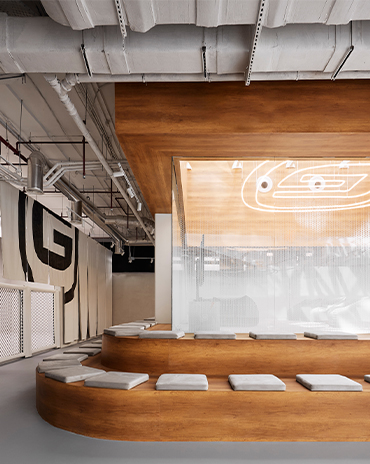Copyright © 2025 Motivate Media Group. All rights reserved.
Will The Tulip blossom in London?
Foster + Partners' announce their latest concept for the capital city.

Plans for The Tulip, a new public cultural and tourist attraction proposed for the City of London, have been announced by Foster + Partners.
The proposed public cultural attraction which would be sited next to 30 St Mary Axe, also known as The Gherkin. The project by J. Safra Group and Foster + Partners, owners and architects respectively of 30 St Mary Axe. Deriving its name from its nature-inspired form, The Tulip would enhance The Gherkin, one of London’s most cherished and recognisable buildings and offer a new state-of-the-art cultural and educational resource for Londoners and tourists.
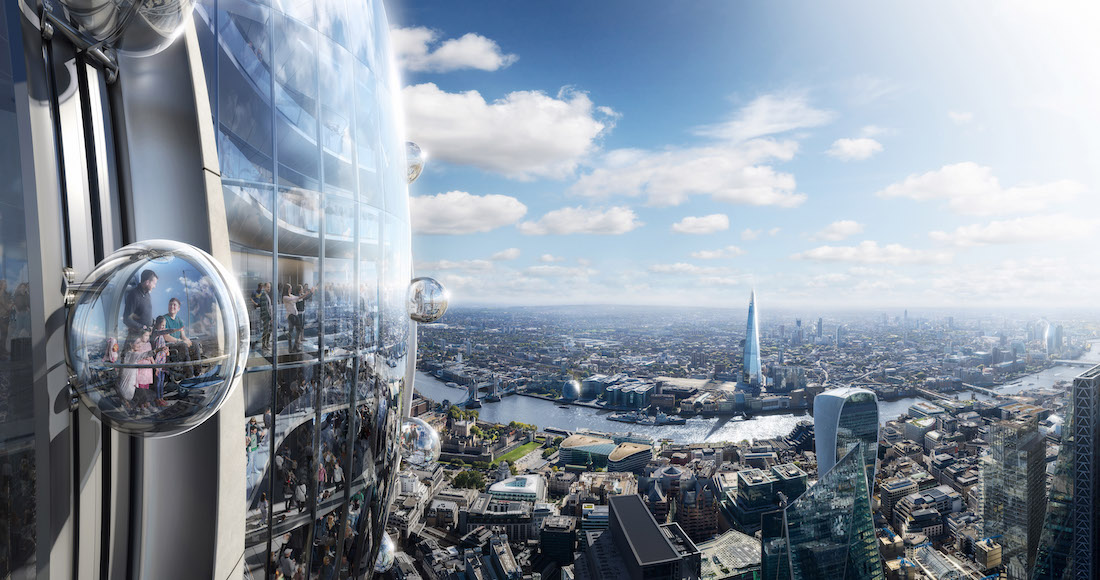
The Tulip gondola
© DBOX for Foster + Partners
Norman Foster, Founder and Executive Chairman, Foster + Partners said: ‘Continuing the pioneering design of 30 St Mary Axe, the Tulip is in the spirit of London as a progressive, forward-thinking city. It offers significant benefits to Londoners and visitors as a cultural and social landmark with unmatched educational resources for future generations’.
The proposal for a unique 305.3-metre-high visitor attraction reflects a desire to build public engagement within the City and enhance The Gherkin’s public offering. The Tulip promises wide cultural and economic benefits with a diverse programme of events. A key feature will be the education facility within the top of The Tulip, offering 20,000 free places per year for London’s state school children. This educational resource would deliver national curriculum topics using innovative tools to bring to life the city’s history and dynamism, inspiring the creative young minds of tomorrow.
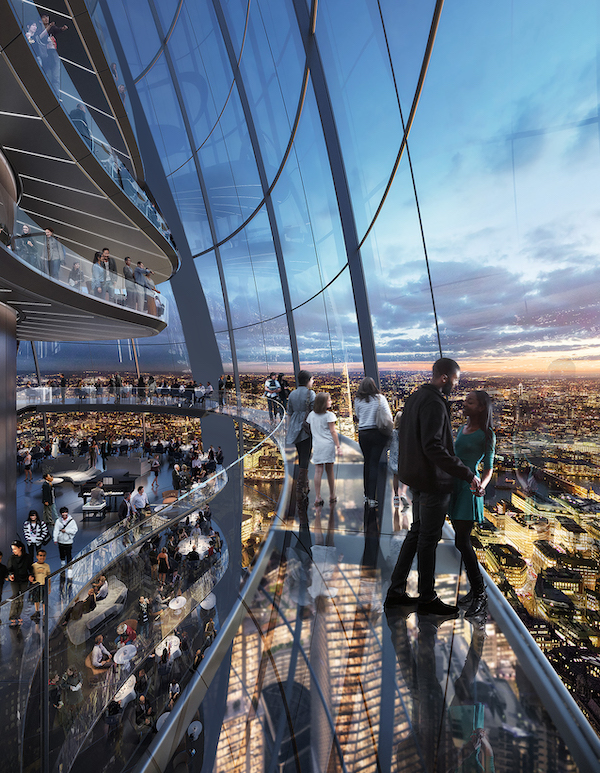
The Tulip skybridge at dusk
Copyright: dbox / Foster + Partners
It would also provide an unparalleled vantage point to view London from a height of around 300 metres. The viewing galleries will offer visitors an engaging experience with sky bridges, internal glass slides and gondola pod rides on the building’s façade that will appeal to people across all age groups. Visitors will benefit from interactive materials and briefings from expert guides about the history of London. Complementing the experience will be a sky bar and restaurants with 360-degree views of the city.
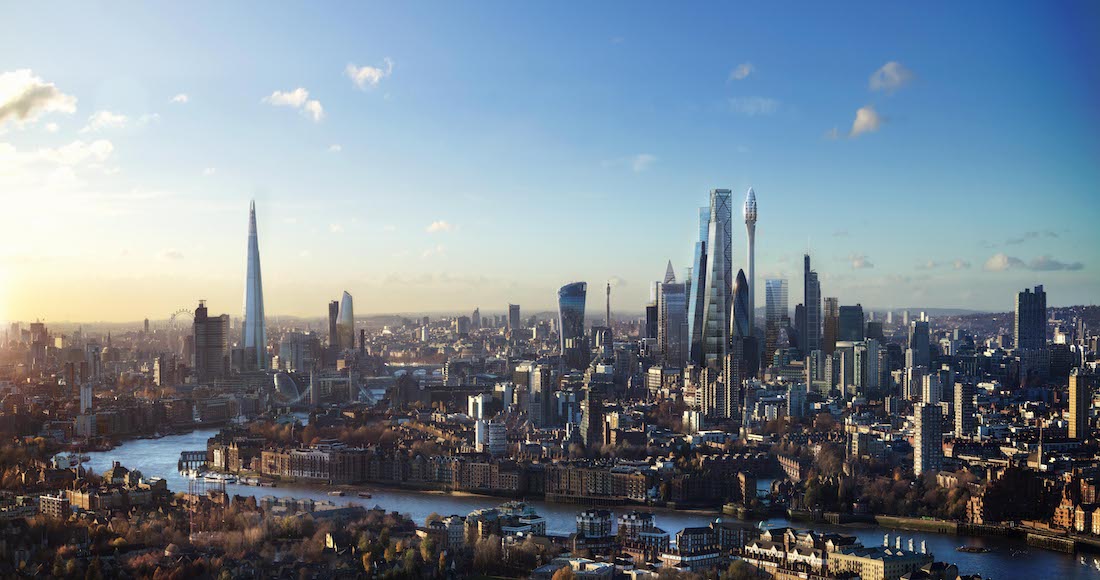
The Tulip skyline
© DBOX for Foster + Partners
The Tulip’s soft bud-like form and minimal building footprint reflects its reduced resource use, with high performance glass and optimised building systems reducing its energy consumption. Heating and cooling is provided by zero combustion technology while integrated photovoltaic cells generate energy on site.
Subject to the planning approval process, construction on The Tulip could begin in 2020 with completion projected for 2025.
The Latest
Heritage Reimagined
Designlab Experience turns iconic spaces into living narratives of Emirati culture, luxury, and craftsmanship.
Nakhla by Nada Debs
Nakhla symbolises resilience, prosperity and a deep connection to the land
Wave: The New Mediterranean Haven in Dubai
IDST’s design invites exploration with a thoughtful blend of artisanal craftsmanship and contemporary style.
The Chedi Wadi Safar
Bjarke Ingels Group (BIG) and KCA International are collaborating to launch this new hotel
A New Era of Early Learning
Roar crafts the PIF Daycare Centre in Riyadh with a calming, sensory-rich environment where design, nature and childhood development come together.
When Art Meets Light
Brush and Switch by Sans Souci bend light in unexpected ways
The Importance of Community-Driven Design
We speak to Joanna Varettas, Senior Associate Designer at TGP International on the story of Seed & Bloom – a café designed to nurture connection and community engagement
Finasi x ROAR presents – Made in UAE
For this year's Downtown Design, Finasi and Pallavi Dean will unveil a bold new installation that speaks the language of material honesty, exceptional craftsmanship, visionary design, and local identity.
A Lesson in Restraint
This Palm Jumeirah home proves that luxury can be achieved with intention, rather than scale
In photos: 2025 identity Design Awards shortlist reveal at Casamia
Here are snippets from the evening.
Vote for your favourite projects at the identity Design Awards 2025
You can now choose your favourite project from the identity Design Awards 2025 shortlist
identity Design Awards 2025 shortlist: Interior Design
The shortlist is revealed for the interior design categories


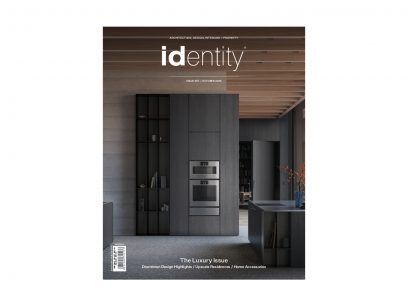

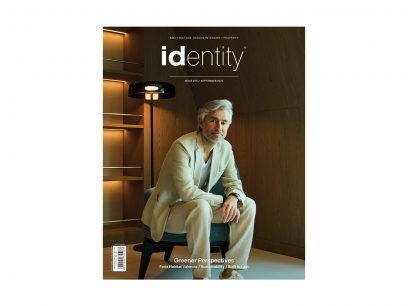
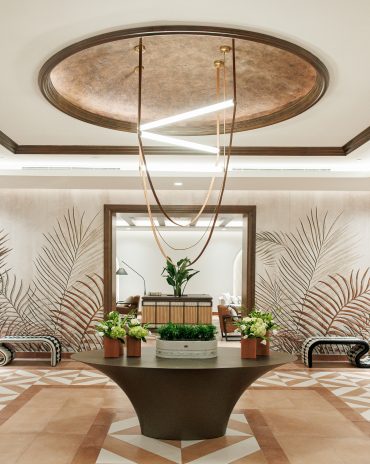
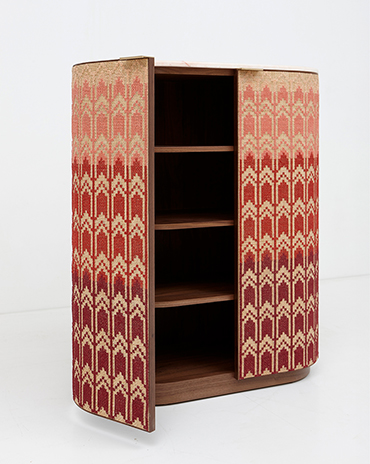
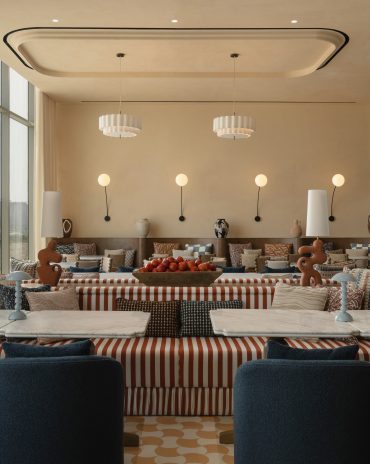
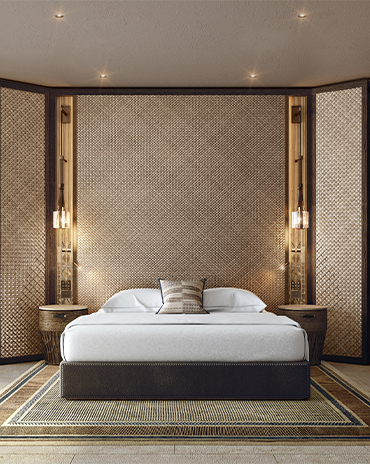
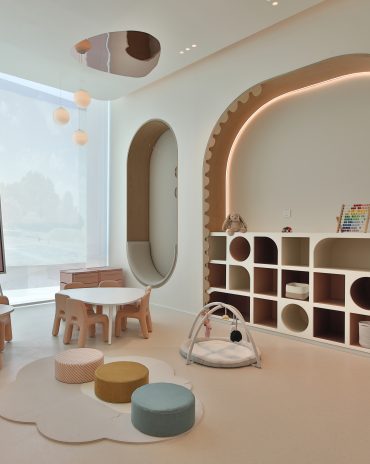
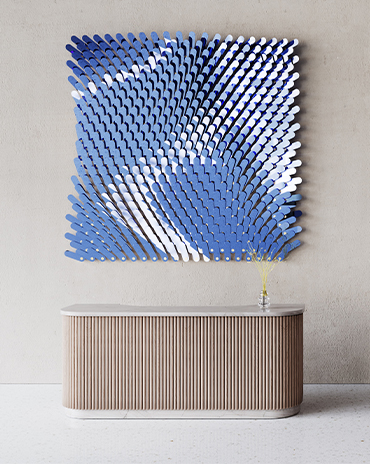
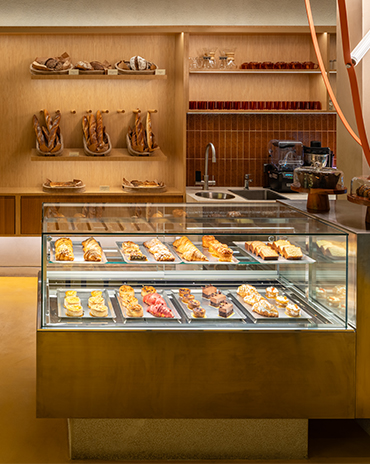
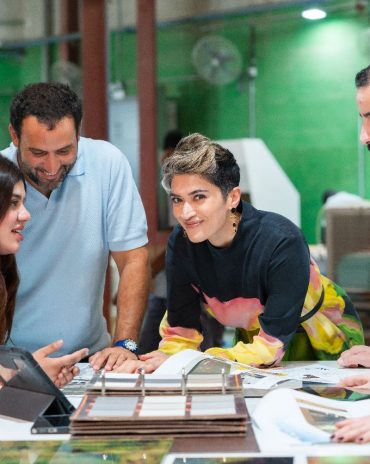
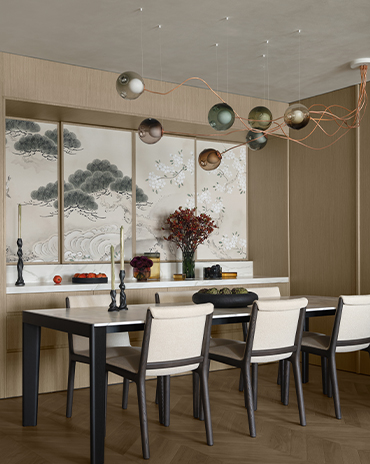

![1920×1080 Article header[78]](https://identity.ae/wp-content/uploads/2025/10/370x464-Article-thumbnail80.jpg)
